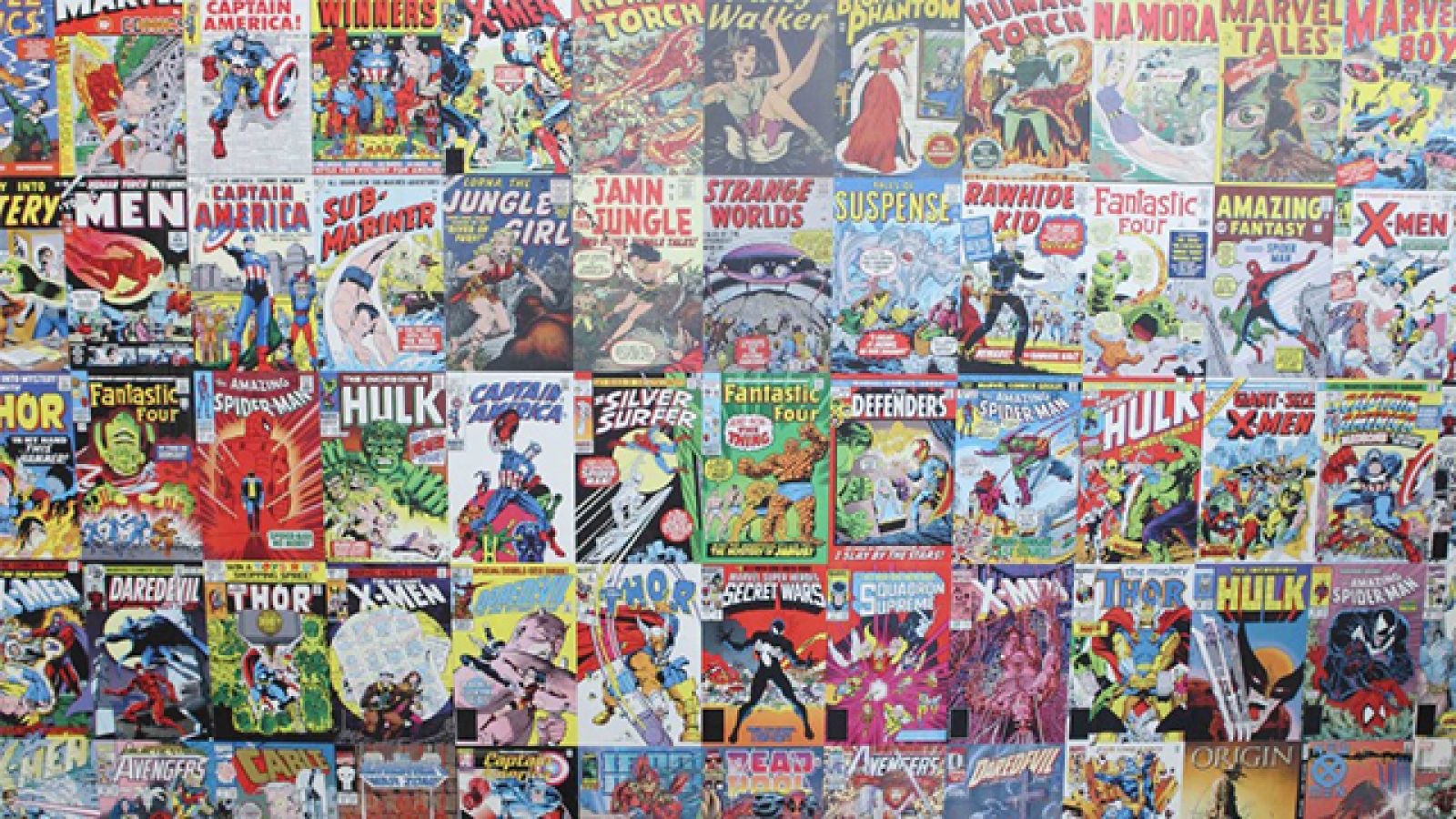Tracing American history through comic heroes

Image: Sam Howzit, Flickr.
A historian from The Australian National University (ANU) has examined the history of American comics and how the pivotal works of popular culture have used medieval European characters to reflect modern American history.
Dr Chris Bishop of the ANU School of Literature, Languages and Linguistics was tasked with the research project by the Library of Congress in Washington.
While American history is often explored through the lens of classical literature such as the works of Ernest Hemingway or F. Scott Fitzgerald, Dr Bishop said as much or more could be learned through examining the world of comics.
"By the time he died, F. Scott Fitzgerald had only sold 25,000 copies of The Great Gatsby. At the same time, Superman comics are selling a million copies a month," he said.
"If you are looking for something that is actually a barometer of the culture, then why not look at comics."
Dr Bishop said he became interested in the depth of American fascination with medieval Europe, and how comics used this setting to reflect US culture and politics.
"America is an amazingly modernist place, even in the '40s. But it continues to have an engagement with medieval Europe. They resurrect the medieval past in their own image."
His research makes clear that all of the popular medieval comic characters have strong connections with US culture.
"Hal Foster's Prince Valiant emerged from an America at odds with monarchy, but still in love with King Arthur," Dr Bishop said.
"The rugged individualism of Conan the Barbarian owes more to the western cowboy than it does to the continental knight-errant."
Dr Bishop said what makes comics such an interesting mirror of current culture, is the common practice of re-writing character backstories, a process known as 'retconning'.
"As a historical document they're really interesting because they get changed all the time," he said.
"I looked at Red Sonja. She comes out of America's women's movement of the late 60s and 70s, with Marvel and DC realising they needed female characters.
"But then there's a backlash against feminism, and her backstory gets retconned. So instead of being an amazing sword for hire, suddenly it's written into her story that she was raped as a child which is why she resents men, and her capacity to defeat men is given to her by super-natural beings.
"More recently she has been retconned again, by feminist writer Simone Gayle who has got rid of the back story and returned Red Sonja to what she used to be."
As the dominance of world power slips from the American century and into the Asian century, Dr Bishop said this shift is now emerging in current day American comics, as evidenced in the DC series Northlanders.
"America has this sense that it's slipping and that Asia is on the rise. Instead of fighting back against the rise of Asia, comics are drawing influence from the region," Dr Bishop said.
"Northlanders is about Vikings, but it's not really about Vikings at all. The writer Terry Wood wanted to do a Japanese gang comic, but his idea was rejected by DC bosses who wanted a series based on Vikings.
"So he took all these Tokyo gang stories and set them in old Iceland. It's a comic apparently about the European middle ages, but it's actually about Japan.
"In terms of comics, that's where America is looking now, towards Japan."
Dr Bishop's research has been published in a book titled Medievalist Comics and the American Century published by the University Press of Mississippi.